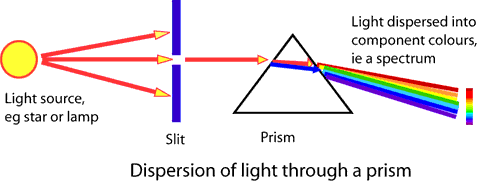A single email on Sunday afternoon brought my weekend to a screeching halt. Some collaborators made a very exciting discovery and needed to confirm if it was real. This would be the last time we'd have for almost another year on the 10 meter Keck Telescope so I jumped at the chance and scheduled it into our observing run Monday night.
I spent the rest of Sunday studying similar projects and forming my observing strategy. Early Monday morning, with only two hours before the final deadline, I finally got the images I needed from the collaborators. I quickly examined these images and identified the interesting galaxies for our observations.
I chose the galaxies which looked to be the most distant. We were hoping to find a cluster of galaxies some 10-12 billion light years away. Confirming so many distant galaxies is only possible with a large telescope like Keck.
For the first two hours of the night we observed these galaxies using spectroscopy. This technique is essentially inspired by the rainbows at the end of a thunderstorm. Just like the raindrops that create a rainbow, the spectrograph has a prism that separates light into its fundamental colors. The difference in my observations is the light comes from distant galaxies instead of the sun.

Because there are so many galaxies and stars in the sky, the important galaxies have to be singled out and shielded from the not-so-important galaxies--sometimes I wonder if some astronomer in the Andromeda galaxy is flagging our Milky Way as one of those not-so-important galaxies.
All of the distractions on the sky are blocked from view with a slitmask. A long and narrow slit is milled into a sheet of aluminum for each object you are studying. The slitmask is aligned to match the positions of the objects that are being targeted. If you were to peek at the sky through the slitmask and telescope, you would only see the handful of galaxies that were hand-selected. Everything else would be blocked by the mask.
